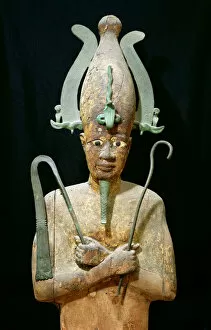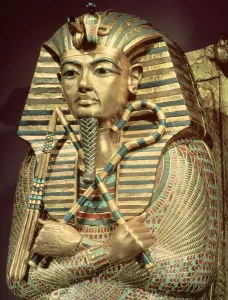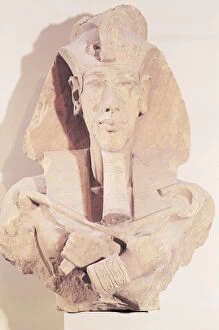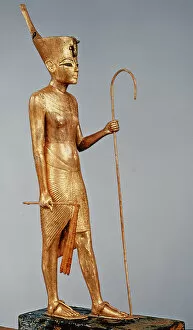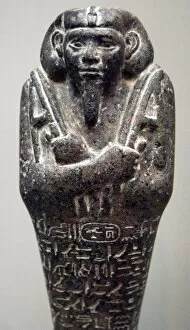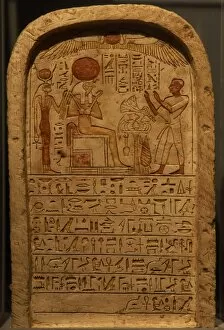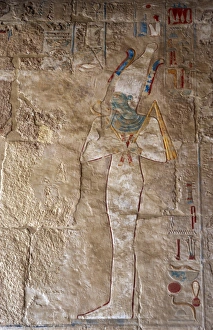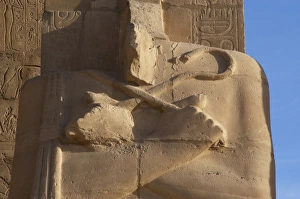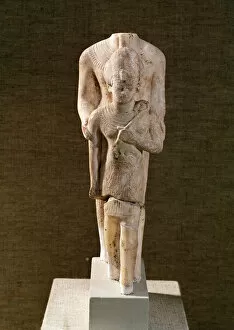Heka Collection
"Heka: The Ancient Egyptian Magic Unveiled" Step back in time and immerse yourself in the mystical world of Heka, the ancient Egyptian concept of magic
All Professionally Made to Order for Quick Shipping
"Heka: The Ancient Egyptian Magic Unveiled" Step back in time and immerse yourself in the mystical world of Heka, the ancient Egyptian concept of magic. From the towering Colossus of Ramesses II to intricate pendants representing pharaohs like Amenophis III, these artifacts offer a glimpse into the enchanting beliefs and practices that shaped their civilization. Intricately carved on an Osiride pillar from the Temple of Gerf Hussein, we find a mesmerizing detail depicting Ra, the sun god, receiving offerings from a devoted priest. This stele showcases the profound connection between humans and deities through rituals performed with utmost reverence. Moving forward, we encounter a captivating relief featuring Thutmose III alongside gods Heka and Khnum on the facade of Hypostyle Hall at the Temple of Karnak. Here, Heka takes center stage as one of Egypt's most revered deities associated with magic and healing powers. Venturing deeper into Tutankhamun's tomb reveals treasures beyond imagination. A front view of one canopic coffin unveils exquisite craftsmanship dedicated to preserving royal remains for eternity. These coffins were believed to safeguard vital organs under divine protection while ensuring eternal life for Pharaoh Tutankhamun. Amongst Tutankhamun's prized possessions lies a painted wood statue representing Osiris—a key figure in ancient Egyptian religion symbolizing resurrection and afterlife. This statue exemplifies how Heka intertwined with religious beliefs to guide souls through their journey beyond mortal existence. Delicate yet powerful amulets such as pendants adorned by pharaohs like Amenophis III further emphasize Egypt's fascination with protective magic. These intricately designed pieces were believed to ward off evil spirits while bestowing blessings upon those who wore them. As we delve deeper into Tutankhamun's tomb once more, we come across his shabti figure—an essential companion meant to serve him faithfully in the afterlife.



